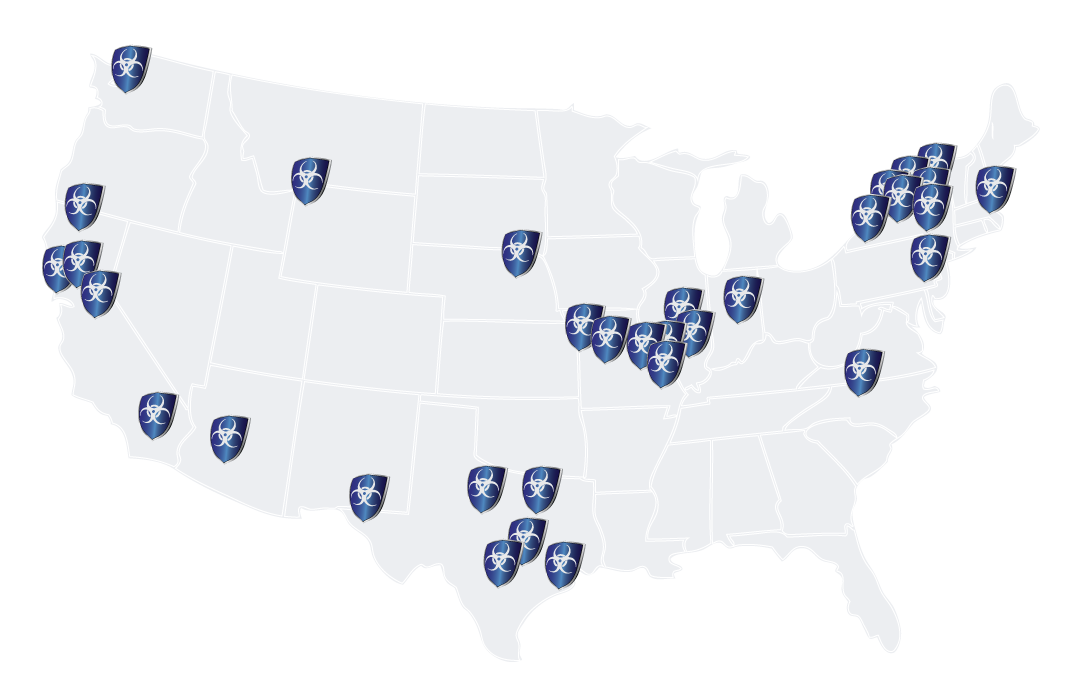“POD” is short for “point of dispensing”
A term used in public health to identify locations where medications may be quickly dispensed in the event of an emergency. An Open POD is a location where anyone may come to receive medications to protect against a specific attack. A Closed POD is a facility that is open only to a limited number of people, such as a company’s employees and their dependents. By establishing a series of Closed PODs throughout St. Louis County, the Department of Health is better able to focus its staff efforts on operating Open PODs for residents not otherwise covered.
Benefits for your business
The Closed POD program is the best way to protect your workforce in the time of a life-threatening emergency. Your employees and their families will not be required to stand in long lines at public distribution sites. They will know that in case of an attack, they merely need to come to work to protect themselves and their entire family. It is an excellent employee benefit for a business to provide its workforce at virtually no cost. For businesses, this offers an excellent business continuity advantage as well.
Featured Community Success Stories
St. Louis County
Increased Closed POD participation from 27 percent of population to 72 percent in 5 months – 600% of contracted goal. Created first class Closed POD Workbook, training program and assisted with several functional exercises.
Dallas County
Increased Closed POD Network by 225,000 enrollees, an increase over goal of 225 percent.
Seattle / King County
The goals were to recruit employers representing at least 300,000 new enrollees in Northwest Washington State…
Read full case study
California
The Golden State is a leader in Closed POD coverage, with many communities benefitting enormously….
Houston
The Houston project covered 13 Texas Gulf Coast jurisdictions with a population of 3.5 million residents and a total recruitment goal of 620,000 Closed POD enrollees.

